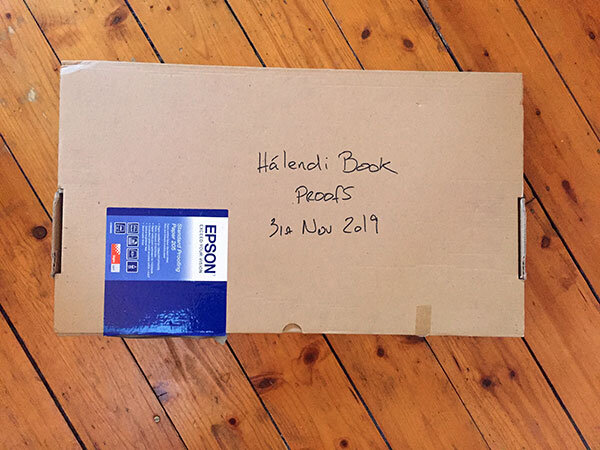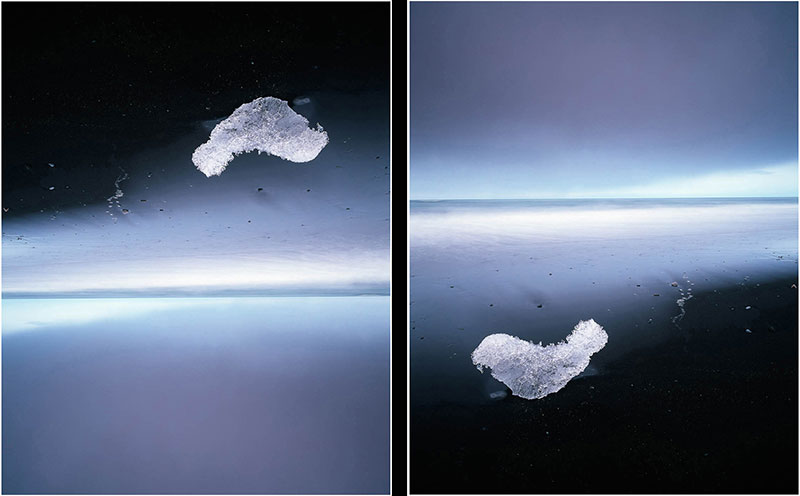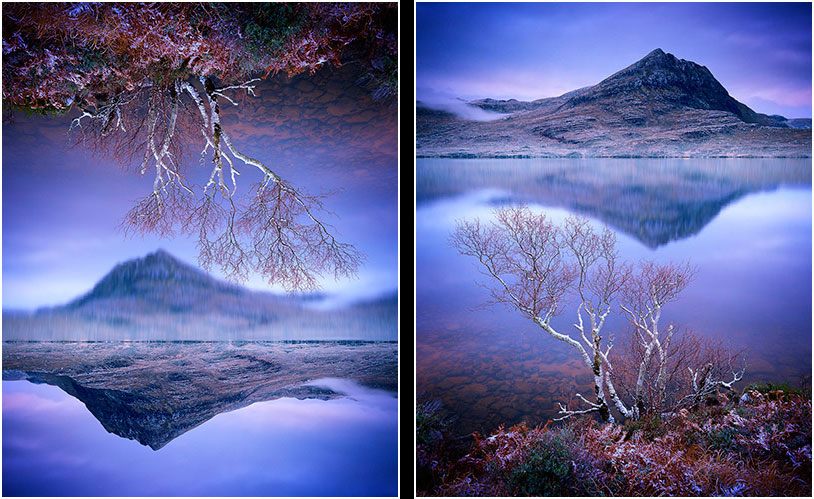I decided many years ago that this blog should just be about the creative arts - photography, music, whatever I think is worth talking about from a creative perspective.
I therefore chose to avoid the following: too much of my own private life, political leanings (yes, I do have them), and anything else that I think may not be appropriate for a photography blog. You all come here after all, for your love of photography.
But I am going to break my rule today by telling you that for the past 11 months I was in so much pain that I started to really worry that something very bad was happening to me. Last November I woke up with bad neck pain that seemed to stretch down into the shoulder blades of my back. It didn’t go away and after weeks of it, I realise it wasn’t going to go away. The pain got worse, and then I found that I had weakness in my left arm. I had already been suffering pain (which I assumed was arthritic) in my left hand’s middle two fingers.
Well, things just got worse. I started to have lots of headaches that reached behind my eyes. Each day was the same: I’d wake up in a lot of pain, and as the day went on, it would subside. Only to find the pain-reset button set to FULL the next morning.
I went to two Osteopaths. I went to two physiotherapists. I went to my doctor and was scheduled for an MRI. Six months later I was still in a lot of pain and I now had such weakness in my left leg that I was convinced that I had some kind of tumour or something and that my days were numbered. I was already suffering from periods of feeling very despondent about it all. There was no end in sight.
I suffered the worst pain I’ve ever experienced for 11 months. I said very little on my workshops and tours but it was hard going dealing with it.
I am glad to report that I am now 100% pain free. It has all gone, as quickly as it had arrived 11 months ago. And I wish to share with you what the underlying problem was. It was my teeth. It turned out that I grind and clench my teeth while sleeping. I’ve apparently been doing this for years, which explains the stiff neck I’ve had for a very long time. I just needed a mouth guard and some massaging to remove all the tense muscles.
I had to find a dentist that worked with TMJ (jaw dysfunction). My original dentist referred me to my doctor. My doctor was clueless and sent me for an MRI. One of the osteopaths had warned me that she thought my problem stemmed from my jaw and that I may have to look for a dentist as most of them are pretty useless at diagnosing TMJ.
I sought out a dentist that specialised in TMJ after reading about neck pain on Google. As I say: few dentists can help you but I found one who made me a custom mouth-guard to wear and confirmed I was grinding my teeth. She also suggested i go for regular head-massages to help relieve the tension in my jaw. Which is what I did.
I think the massages helped, but they didn’t cure. The mouthguard made no difference at first. But I think the combination of the two made all the difference. It took about 2 weeks before all the pain subsided.
I feel as though I’ve been given a ‘get out of jail’ card. The dread of living the rest of my life in the pain I was in has been lifted.
And I am better than I have ever been. The slightly stiff neck I had for maybe 10 years has gone. As well as other slight ailments. Seems I was suffering for a long time and didn’t know I was putting up with some pain.
I am now 100% pain free. I’ve never felt better.
So I write this with one intention: if you are suffering similar body pain. Something in your neck that you think is either a pinched nerve, or pain in your arm (nerve pain) or weakness on the side of your body : it may be your jaw that is at the heart of the problem. Seek a dentist out that specialises in TMJ and ask them to check if you are grinding your teeth.
I am pain free.
But no thanks to most of the specialists I went to see. I had to persevere.
I spent a fortune trying to find out what was causing my pain, and I had 5 health specialists unable to help me.
What fixed me was eventually a Thai masseur and a dental mouth guard.
I just feel it’s so easy to get lost in one’s pain and not see a way out of it. Seldom do we hear the success stories, of someone who found a solution and helped. For me, I was left in the dark. Google searching told me about a lot of overlapping conditions that could cause what I was suffering but few articles or forums gave me hope. If someone got fixed, they went silent.
So I hope this post today may be of help to someone. Just one person. And it’s worth it.















